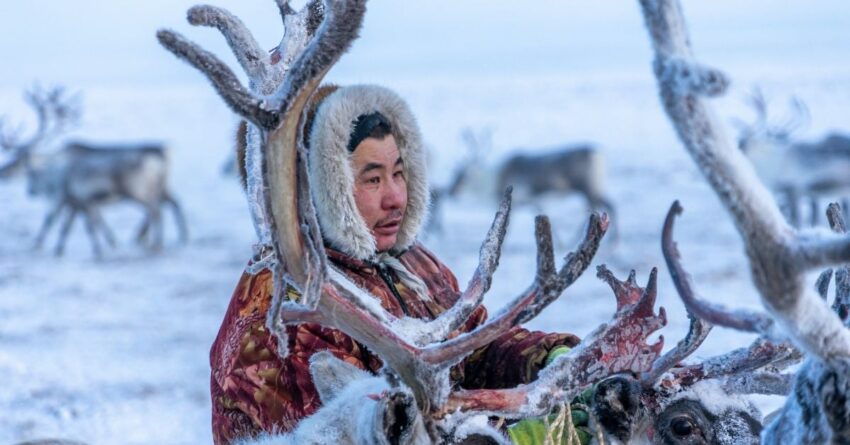A new study revealed that present-day speakers of Uralic languages — such as Finnish, Estonian and Hungarian — share significant Siberian ancestry. Knewz.com has learned that researchers traced this genetic link to a group that lived in the forest steppes of the Altai Mountains, located at the intersection of Central and East Asia, around 4,500 years ago. It has been pointed out that although ancient DNA helps trace the movement of populations over time, using genetic data to directly track language remains difficult. Experts have emphasized that the findings do not conclusively establish a connection between modern language speakers and the identified ancient genetic patterns.
Tracing migration from Siberia

The team of researchers analyzed the genomes of 180 ancient individuals from northern Eurasia who lived between the Mesolithic period and the Bronze Age (11,000 to 4,000 years ago). These were added to an existing database of more than 1,300 previously studied ancient individuals and then compared with the DNA of modern populations. One major result focused on a genetic profile labeled “Yakutia_LNBA,” dating from the Late Neolithic to Early Bronze Age (4,500 to 3,200 years ago). The genomes with this pattern were found primarily in areas linked with both ancient and modern Uralic-speaking populations, the researchers wrote in their paper. “Neighboring populations speaking Indo-European languages tend not to have Yakutia_LNBA ancestry, or any other kind of East Asian ancestry,” study lead author Tian Chen Zeng, a graduate student in human evolutionary biology at Harvard University, said in a statement. “Yakutia_LNBA ancestry is the only East Asian ancestry present in the genetic makeup of almost all present and ancient Uralic-speaking populations.”
The Uralic language group

The Uralic language family comprises more than 20 distinct languages spoken by millions across Eurasia. Among them, Estonian, Finnish and Hungarian stand out as the most widely spoken and recognized. These three languages have drawn particular attention from linguists because, unlike the Indo-European languages that dominate much of Europe, Uralic tongues follow entirely different grammatical rules, vocabulary roots and sound systems, per Britannica.
Yakutia_LNBA Ancestry Found in Ancient Siberians

The researchers found the Yakutia_LNBA genome in the bones of people who lived between 4,500 and 3,200 years ago in Siberia. The team theorized that they might have been connected to the Ymyyakhtakh culture of northeast Siberia. This culture, known for its pottery, bronze tools and bone arrowheads, emerged roughly 4,500 years ago. Archaeological findings show that Ymyyakhtakh-style ceramics spread south to the Altai-Sayan region, where modern-day Russia, Mongolia, Kazakhstan, and China meet, around 4,000 years ago. This geographic shift aligns with the genetic data, suggesting westward migration of the Yakutia_LNBA group. “A straightforward interpretation of this is that Yakutia_LNBA ancestry dispersed from East to West alongside the Uralic languages. … We show that Yakutia_LNBA may serve as an excellent tracer dye for the spread of early Uralic-speaking communities,” said Zeng.
The complicated relationship between genetics and language

It has been pointed out that the association between genetics and language is complicated to prove, particularly in the past. “One’s genetic make-up offers no insight into the range of languages one might speak, nor which of these one considers their primary language,” said Catherine Frieman, an archaeologist at Australian National University who was not involved in the study. “I think we need to consider how multilingualism, including across language families, may have shaped or affected language spread and change,” Frieman added. Zeng explained, however, that “extensive language change would have likely involved migration — or at the very least the integration of a substantial fraction of linguistic newcomers into populations across a region — to a level that is likely to leave some genetic impact.”
The post Ancient DNA unlocks Estonian, Finn, Hungarian secrets appeared first on Knewz.
Click this link for the original source of this article.
Author: Samyarup Chowdhury
This content is courtesy of, and owned and copyrighted by, https://knewz.com and its author. This content is made available by use of the public RSS feed offered by the host site and is used for educational purposes only. If you are the author or represent the host site and would like this content removed now and in the future, please contact USSANews.com using the email address in the Contact page found in the website menu.







